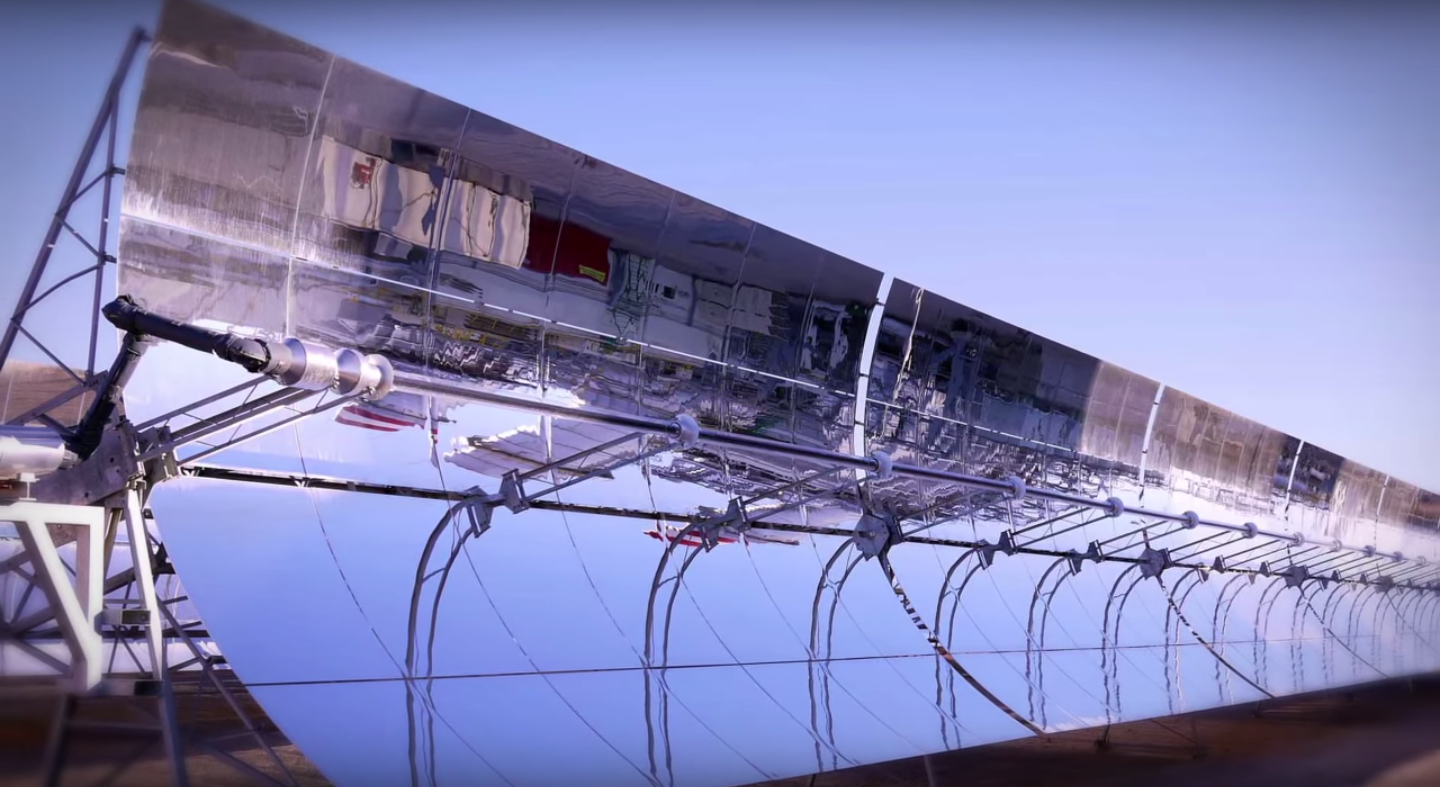Ouarzazate, Morocco, located on a plateau at the edge of the Sahara, is best known to Americans as the scenic location for epics like Lawrence of Arabia, Babel, and Game of Thrones. Now, the area will host a new type of blockbuster, one that may encourage sustainable energy innovations to take off all over Africa and the Middle East.
Noor 1, the first phase of Morocco’s $3.9 billion solar energy project, went live on Thursday. By the time it’s completed in 2018, the concentrated solar complex will be the largest in the world, roughly the size of the country’s capital, Rabat, and will provide electricity for a whopping 1.1 million people.
Morocco is setting the gold standard — or shall I say, green standard? — when it comes to carbon emissions. The country’s aim to generate 42 percent of its total energy from renewables by 2020 has earned it a “sufficient” rating by Climate Action Tracker’s notoriously tough climate pledge assessment — which is pretty admirable considering that Morocco is one of the few countries in the world to achieve that rating.
The Guardian reports on some of the breakthrough solar developments taking place in Ouarzazate:
The mirror technology it uses is less widespread and more expensive than the photovoltaic panels that are now familiar on roofs the world over, but it will have the advantage of being able to continue producing power even after the sun goes down.
The potential for solar power from the desert has been known for decades. In the days after the Chernobyl nuclear accident in 1986 the German particle physicist Gerhard Knies, calculated that the world’s deserts receive enough energy in a few hours to provide for humanity’s power needs for a whole year. The challenge, though, has been capturing that energy and transporting it to the population centers where it is required.
The project will provide power after sunset by storing heat energy in thermal oil insulated by tanks filled with molten sand. Phases 2 and 3 of the project aim for overnight storage capacity, which promises to be a technical and economic game changer for the region — or anywhere else, for that matter.
It’s no coincidence that the monumental solar plant is opening now. Morocco is hosting the upcoming U.N. Climate Change Conference (COP22) in November, and its plans to supply the rest of its energy needs through wind and hydro could earn a lot of dirham (Moroccan currency) for renewable development from foreign investors. The country’s energy plans are on a scale grand enough for a futuristic desert epic: It’s considering how to export solar power to Europe via high-tension transportation lines.



